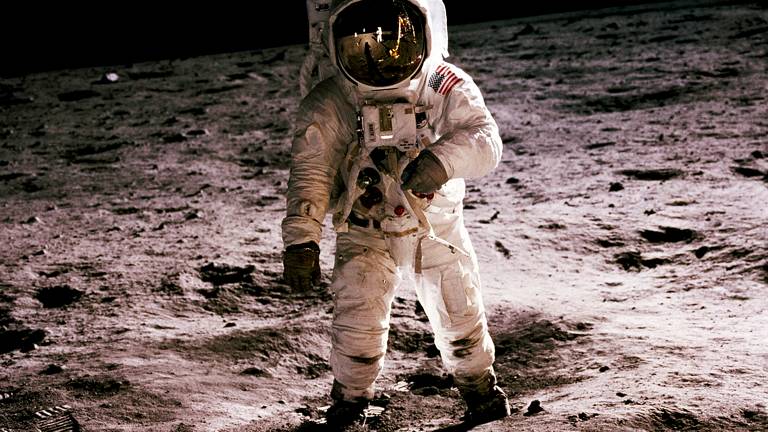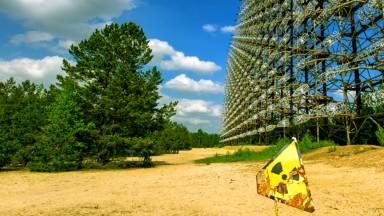
NASA's arguably biggest project right now is to get back to the moon by 2024 and they need a rocket powerful enough to get them there and that's why they're building the Space Launch System or SLS.
The project is already a decade in the making and when it's finished it's gonna be the most powerful rocket in the world. SLS will essentially be the linchpin in NASA' Artemis program. That's the follow-up to the Apollo program from the 60s and 70.
It's designed to carry Orion spacecraft which will actually carry astronauts to the moon and hopefully Mars.
So why does SLS have to be so powerful?
Because the moon is a long way away. It' about a thousand times farther than the International Space Station (IIS) and Orion needs to hit about 24,000 miles per hour to break out of low Earth orbit and reach the moon.
To make this happen SLS has to be strong enough to perform a maneuver called a translunar injection. It's essentially going from circular orbit to an eccentric orbit all the time to target the moon while it's orbiting the Earth.
The first version o SLS is expected to launch next year as an unmanned mission to test the Orion. That's what we'll know as "Artemis 1" mission.
Nasa plans to send the uncrewed Orion on a 25-day journey that will get it within 62 miles of the moon's surface.
The core stage is being built by Boeing. The impressive engines which gonna stand more than 200 feet tall and have a diameter more than 27 feet inside, will use supercooled liquid hydrogen and liquid oxygen as fuel. SLS will use 4 of these engines called RS-25, designed and manufactured by Aerojet Rocketdyne in Sacramento, California.
Next, we've got the two solid rocket boosters which are coming from Northrop Grumman Aerospace and defense company and also get an upgrade from the original shuttle design.
Those go from a four-segment booster to five for some extra thrust. In fact, 75% of the thrust at launch will come from these boosters.
Unlike the shuttle design these boosters are just built for single use. Because of the SLS's modular design these are one of those parts that's expected to be swapped out as booster technology advances.
There are obviously so many moving parts there. Right now the core stage is 80% done. Boeing expects to have it complete later this year. Then it gets shipped to NASA's Stennis Space Center (SSC), in Mississippi for testing.
Also worth noting, in early July NASA plans to launch a test version of the Orion. The plan is to send it up six miles to test the launch abort system which of course is there to get the capsule and crew to safety if something happens during an ascent on SLS.
The big question is will the SLS be ready to get us back to the moon by 2024 and honestly no one can really answer that right now. NASA has already fallen behind schedule a few times and earlier this year NASA's chief even at one point said using a private company like SpaceX was the best bet to hit that 2024 deadline now.
He's since backed off that and says SLS is the only system that can really do it but the one thing we do know according to him is that it's not going to happen if Congress doesn't approve the additional 1.6 billion dollars in funding the Trump administration has requested for Artemis. Yet have to wait and see if things go well, but considering the schedule, the wait won't take so long.









